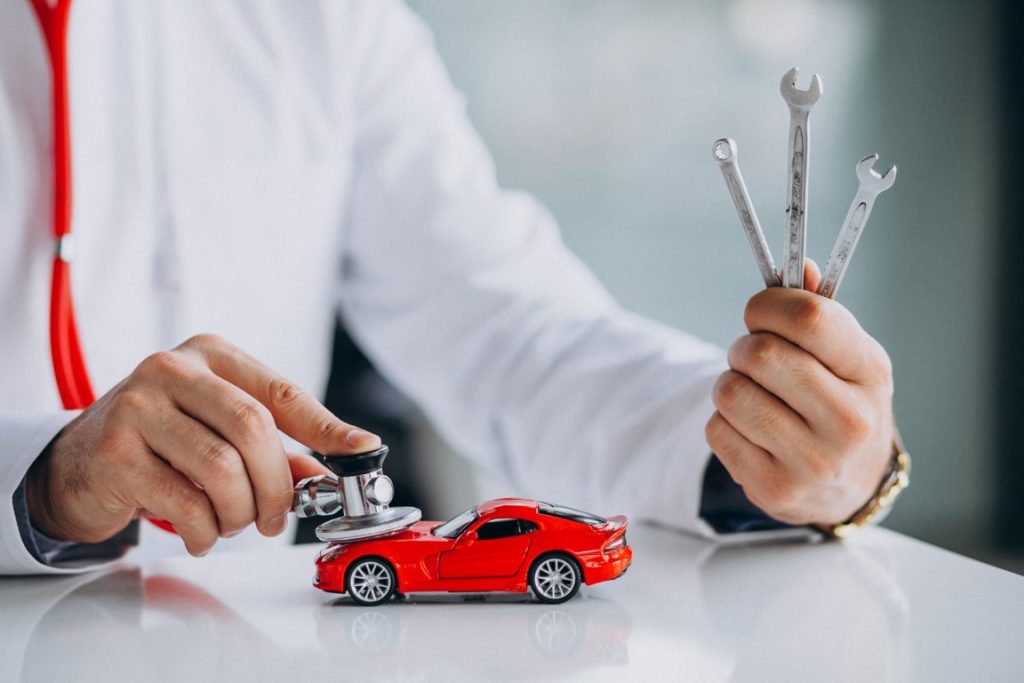You’ve certainly seen lots of advertising for auto insurance, but do you know what to look for? Understand your insurance coverage and know if your car is properly protected.
PRINCIPLES
Insurance for who? Having auto insurance makes sure that your car is properly protected from damage, medical bills, and legal fees because most states mandate auto insurance or proof of financial responsibility.
Auto policy components: Understand your policy
- Declarations/Information page: The Declarations/Information page includes the policy number, effective dates, cars covered, and any loans, coverages, and limits/deductibles, as well as the company and agent’s contact information.
- The content of a personal auto policy, also known as a policy form, includes information regarding coverage, the policy’s terms, and any exclusions.
Car insurance options: Here are some tips for protecting your car and its occupants;
- Collision coverage covers expenses for physical damage to your automobile if it collides with another car or a tree.
- Comprehensive coverage pays for practically all damages other than collision—for example, vandalism or falling objects, or animal damage.
- Optional coverages range from rental cars to towing. AAA or other memberships may already cover you.
- Medical Payment Coverage protects you and anybody else who gets any injury or is killed in a car accident (MPC). This often includes pedestrians.
- It pays for a rental car if your car gets any damage in an insured loss. The daily and total maximums are generally purchased—$ 20 each day up to $600.
- Towing or emergency road service coverage pays tow costs.
Liability Coverage: Most policies have three key sections for other vehicles and people;
- Liability insurance does not cover you or your automobile. This insurance protects you if you create an accident that injures others due to your negligence.
- When you collide with another car, fence, or tree, your Property Damage liability insurance covers the damage.
- If you got any injury from a hit-and-run driver or a driver who does not have auto liability insurance, uninsured motorist coverage will protect you.
No-fault:
If you live in a state with no-fault legislation, you can seek compensation from your insurer instead of filing a lawsuit. A no-fault scheme provides two types of coverage:
- PIP pays for injuries to you or others in your automobile, regardless of fault. Other benefits include medical expenditures, missed wages, and burial expenses.
- It protects your family and anybody else in your automobile if you are sued for injuries caused to others. A lawsuit could still be filed if there are documented injuries or death.
Your deductible:
It’s the amount of money you agree to pay before the insurance company pays for a loss. Deposits range from $250 to $1000—the bigger the deductible, the cheaper the policy.
Online vehicle insurance shopping: Online insurance shopping can be perplexing. Online quotes are not always accessible in every state. Some websites will transfer your information to a local agent for a quote and policy, but none offer instant quotes. Before delivering a rate, a corporate representative may call to confirm the data. In this situation, request them to send you an email with your records.
- If the bids do not have matching coverages/limits, contact the firms and ask for a revised estimate.
- Some websites can provide coverage quickly, while others cannot, even if you have paid a fee.
- Once you’ve paid for the coverage, you should receive a temporary ID card to keep in your car. Permanent cards and a policy copy should arrive within 60 days.

Disclosures to the insurer:
- Drivers/Operators; This includes everyone. If household drivers omit and involve in an accident, the business may cancel, refuse to renew, or impose higher premiums. If you drive for a ride-sharing service, tell your insurer so that you are fully covered.
- Indemnity: Insurance companies typically require three years of driving history and a Motor Vehicle Report (MVR) for all identified drivers. Others base premiums on at-fault accidents and traffic offenses (often called risk classification factors) and also check for reductions or surcharges based on driving history and risk factors.
- Rating; In most states, insurers can assess risks and price policies using credit-based insurance scores, and be sure to check your credit records.
SELF-PROTECTION
Research: The cheapest quote isn’t necessarily the best. Do your homework before paying then talk to family and acquaintances about auto insurance and check with your state’s insurance department to ensure that the company and any agents (if any) have licenses, and question any complaints filed against the company.
Examine the declaration page:
- Personal Data; Verify the policy’s details. Parking in a garage or street can cut your premiums.
- Year, Make, Model, Vehicle Identification Number (VIN); Make sure this information is accurate and if not, filing a claim may be difficult.
- Lienholder Info; In the case of a loan, the policy should mention the lienholder and you can also pay off the loan and request to remove the lien.
- Collision, Lower premiums with a bigger deductible; If your car gets any damage in an accident, make sure you can afford to pay for the repairs.
- Comprehensive; Removing comprehensive or collision coverage from a policy may save money. Consider the worth of the car and the cost to replace or repair it before canceling comprehensive coverage.
- Discounts; Look through the list of discounts to see what’s available.
THREE IMPORTANT THINGS TO REMEMBER TO KNOW IF YOUR CAR IS PROPERLY PROTECTED
- Study the coverage options and state requirements.
- Review your auto policy regularly and adjust it as needed.
- Compare the premium with the deductible to make the best financial selections.
Visit newautoinsurance.com to learn more.


